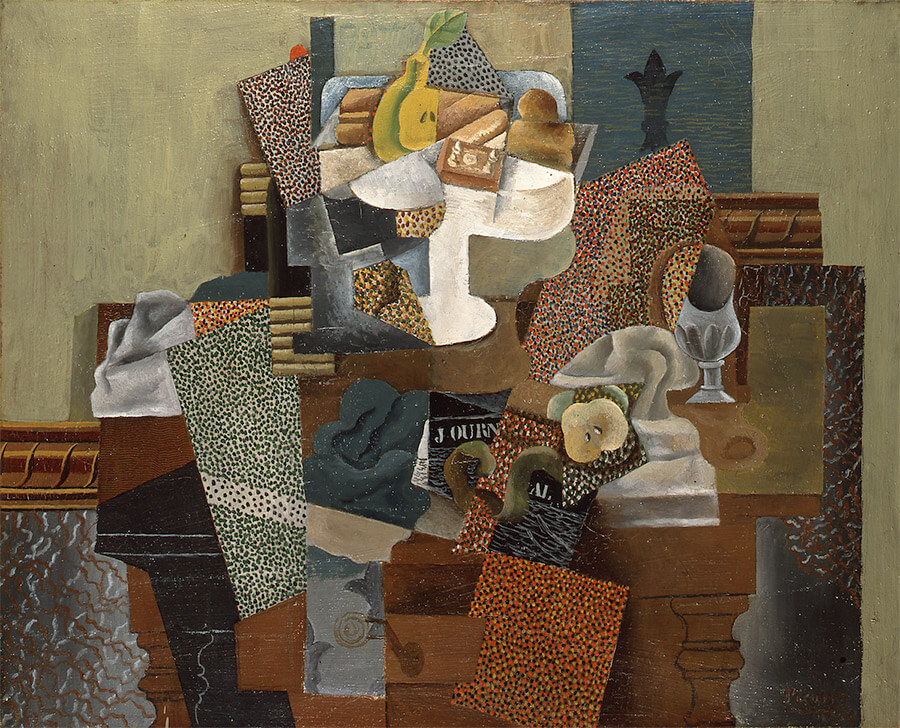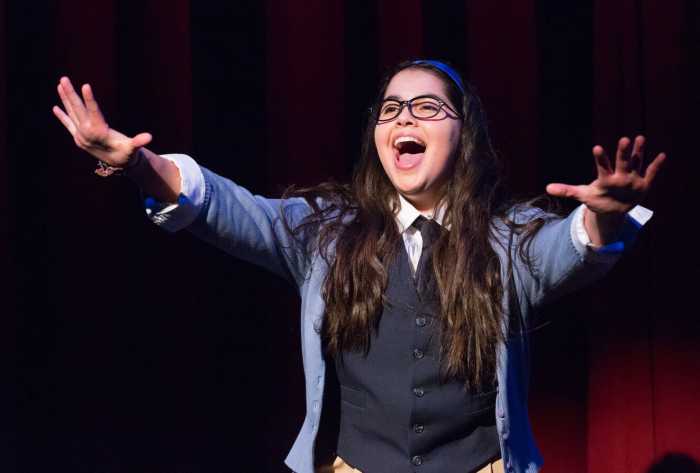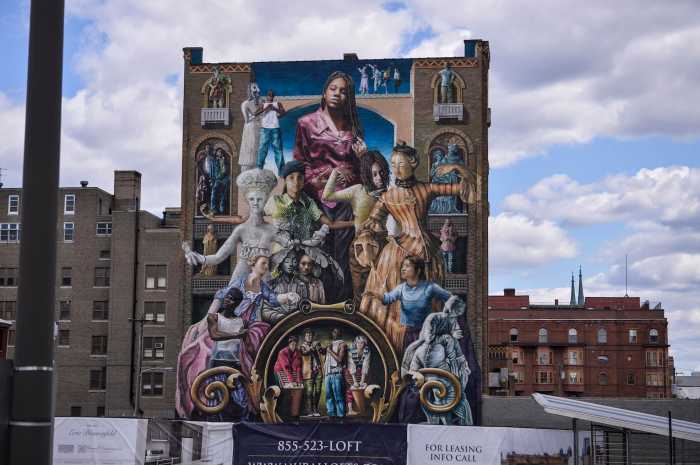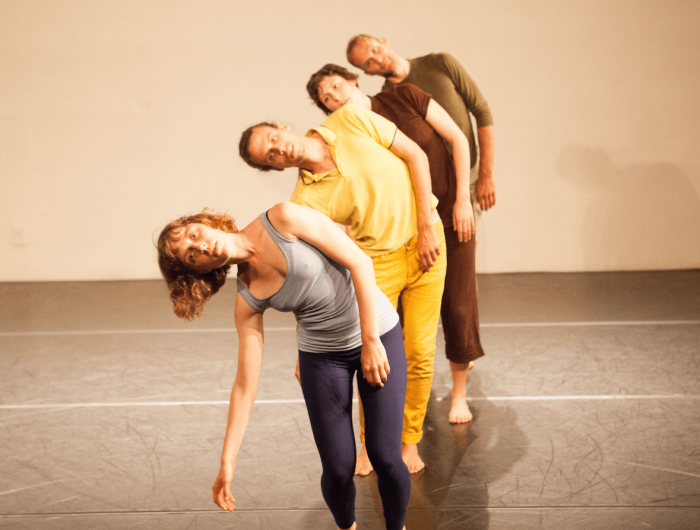By the time World War I broke out, Pablo Picasso had already earned his place, in the words of curator Simonetta Fraquelli, as “the high priest of Cubism.” The decade-plus between 1912 and 1925 proved to be as tumultuous for the legendary artist as it was for the rest of the world, despite the fact that he didn’t serve in the war. In the new exhibition “Picasso: The Great War, Experimentation, and Change,” the Barns Foundation focuses, for the first time, on the shifts that took place over that momentous period. At a preview of the exhibition, Barnes Foundation Executive Director and President Thom Collins said that the show finds Picasso turning away from his highly stylized and fragmented Cubist approach and returning to more figurative work. “Our special exhibition illustrates and explains this unusual split production as a function of the immediate challenges the artist faced as a noncombatant living and working primarily in Paris, as many of his closest friends and colleagues were drawn into military service.” The exhibition—50 pieces including paintings drawings, watercolors and costumes—hinges on one fairly unassuming pencil sketch, “Portrait of Max Jacob,” in which Picasso realistically rendered the image of his close friend. The drawing sparked instant controversy, raising the question of whether Picasso was rejecting Cubism—which was associated in some circles with the wartime German enemy. As it turned out, Picasso didn’t completely turn away from Cubism but did transform the movement by incorporating more figurative elements into his work. The Barnes show places representational and abstract images side-by-side, many of them dealing with similar subjects in radically different fashion. Fraquelli calls it “a form of double play in which he’s jumping from one style to the other. There may be political reasons, there may be social reasons, there may be reasons where he just wanted to situate himself within the great history of French art.” The show also places Picasso in a broader historical context with contemporaneous work by Henri Matisse, Diego Rivera, Jacques Lipchitz and other artists, as well as a collection of photographs by Jean Cocteau depicting Picasso and his circle of friends, including Jacob and composer Erik Satie. A highlight of the exhibition is a collection of costumes designed by the artist for the 1917 ballet “Parade,” on which he collaborated with Satie and Cocteau.
“Picasso: The Great War, Experimentation, and Change”

© 2016 Estate of Pablo Picasso / Artists Rights Society (ARS), New York





























